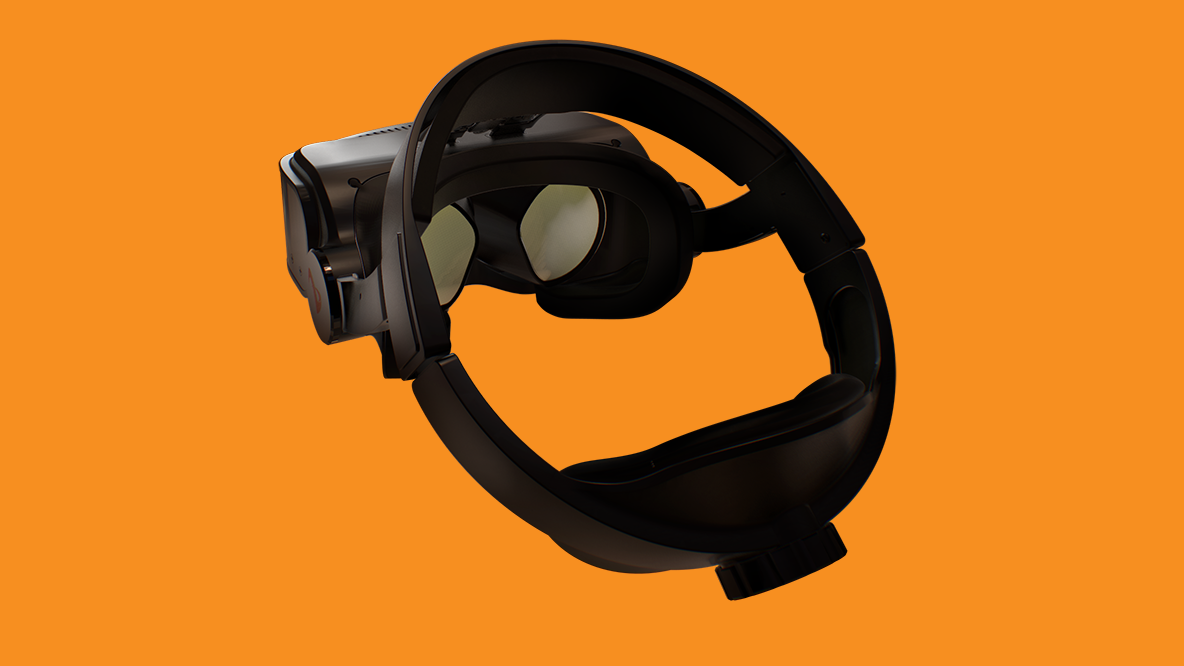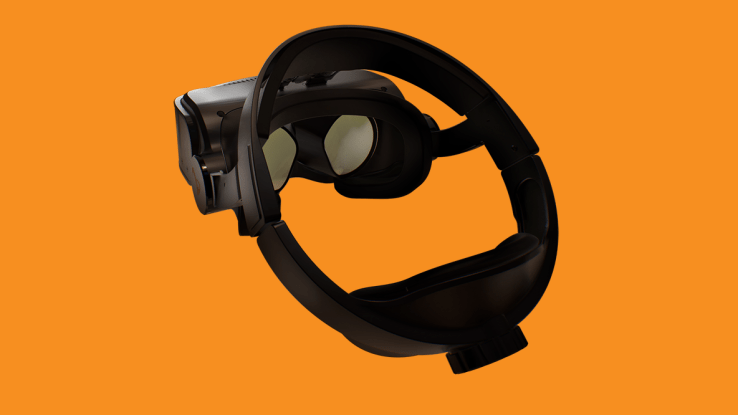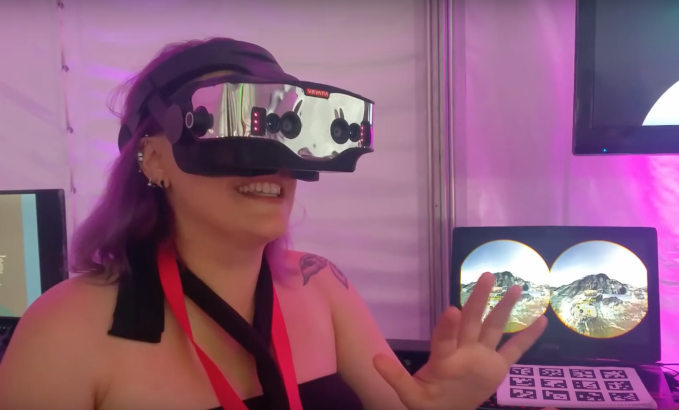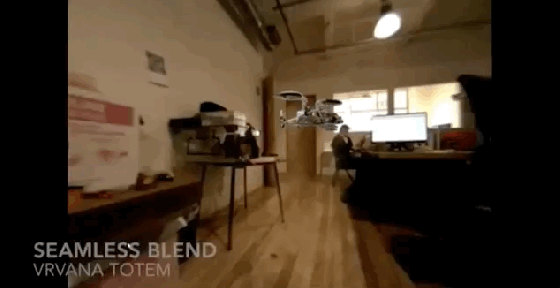Apple acquired augmented reality headset startup Vrvana for $30M


As Apple reportedly ramps up work to ship an augmented reality headset in 2020, it has acquired a startup from Montreal, Canada that could help it get there. TechCrunch has learned that Apple has acquired Vrvana, maker of the Totem headset — which had rave reviews but never shipped. The deal was for around $30 million, two sources tell TechCrunch.
We contacted Apple, and the company declined to comment, but also did not deny the story. Vrvana did not reply to our request for comment. Sources close to the deal have confirmed the acquisition to us.
[AdSense-A]
The deal is significant because while we have seen reports and rumors about Apple’s interest in AR hardware, the company has been very tight-lipped and generally is very secretive about completely new, future products. This acquisition is perhaps the clearest indicator yet of what the company is hoping to develop.
A number of the startup’s employees have joined Apple in California. The Vrvana site is currently still up, but it stopped updating social accounts and news in August of this year.
It’s not clear what of Vrvana’s existing products, product roadmap or current business — it worked with Valve, Tesla, Audi and others under NDA — will be making its way to Apple.
The only product that Vrvana shows off on its site is the unreleased Totem headset, an “extended reality” device utilizing key technologies from both AR and virtual reality to allow for both experiences on a single headset.

A screen grab from one of Vrvana’s promotional videos for the Totem.
The tethered device had a form factor similar to many of today’s VR headsets, but uniquely relied on several forward-facing pass-through cameras to replicate the outside world on its OLED displays inside the headset. The system of cameras enabled 6DoF tracking, a technology which allows the device to track its position in 3D space, while also using infrared cameras to track a user’s hands.
Vrvana’s camera-based AR approach differs from competitors like Microsoft, which is utilizing transparent, projection-based displays for its HoloLens headset. The Totem holds a number of advantages over these systems, most notably in that it is able to overlay fully opaque, true-color animations on top of the real world rather than the ghost-like projections of other headsets which critically cannot display the color black. This allows the headset to do what it calls “seamless blend” transitions between VR and AR environments.
A key disadvantage in these types of systems, aside from bulky aesthetics, is that there is often noticeable lag between the cameras capturing the outside world and how quickly it is displayed in-headset. Vrvana CEO Bertrand Nepveu detailed this problem in a talk this summer where he shared that the startup had working prototypes that brought this latency down to 3 milliseconds.

An animation showcasing how the Totem smoothly transitions between AR and VR modes.
There are consumer applications for this kind of “extended reality” technology — for example, in games and other entertainment — but one key focus for Vrvana was enterprise usage.
“Totem’s hand tracking and inside-out positional tracking empowers your workforce to manipulate virtual objects with their hands wherever they please,” the company said in promotional materials on the headset.
This is notable considering Apple’s focus — both on its own and in partnership with other IT providers like IBM, Cisco and SAP — to court different enterprise verticals. In August, CEO Tim Cook singled out enterprise as one key focus for its AR ambitions, and in its last earnings the company reported double-digit growth in the area. The company last broke out its enterprise sales back in 2015, when Cook described it as a $25 billion business.
But scaling remains one of the hardest things for startups — especially hardware startups — to do, and this is even more the case for startups working in emerging technologies that have yet to break into the mainstream.
Founded back in 2005, Vrvana had not disclosed much of its funding. A source tells TechCrunch the company raised less than $2 million, a modest figure in the world of hardware. Investors according to PitchBook included Real Ventures (whose partner Jean-Sebastian Cournoyer is also involved with Element.ai, an ambitious AI startup and incubator in Montreal), the Canadian Technology Accelerator, and angel Richard Adler, who is also active in other VR startups.
Up to now, Apple has been fairly critical of the state of VR and AR hardware in the market today, and it has downplayed its own hand in the game.
“Today I can tell you the technology itself doesn’t exist to do that in a quality way. The display technology required, as well as putting enough stuff around your face – there’s huge challenges with that,” Cook told The Independent in answer to a question about whether it was building a headset. “The field of view, the quality of the display itself, it’s not there yet…We don’t give a rat’s about being first, we want to be the best, and give people a great experience. But now anything you would see on the market any time soon would not be something any of us would be satisfied with. Nor do I think the vast majority of people would be satisfied.”
That’s not to say that Apple has not been enthusiastic about the augmented reality space. But to date, this interest has largely manifested itself through software — specifically the company’s iOS-based ARKit SDK — and the increasingly sophisticated camera arrays on the iPhone rather than through a dedicated device, although there have been plenty of Apple patents that also potentially point to one.
Apple also has made other acquisitions that underscore its interest in developing the technology that powers the hardware. In June, Apple acquired SMI, an eye-tracking firm that was working on solutions for VR and AR headsets. Other AR and VR-related acquisitions have included Flyby Media, metaio, Emotient, and Faceshift.
Read more: https://techcrunch.com/2017/11/21/apple-acquires-mixed-reality-headset-startup-vrvana-for-30m/